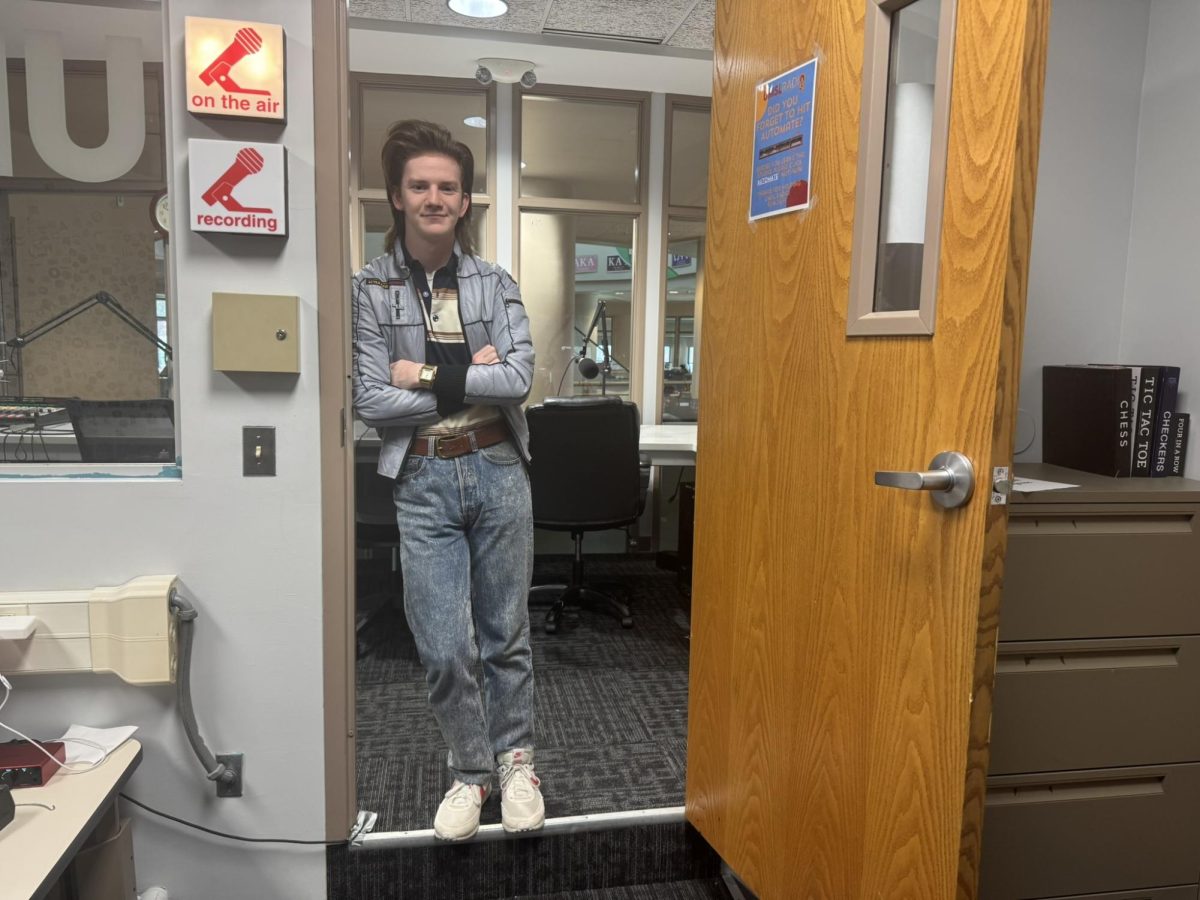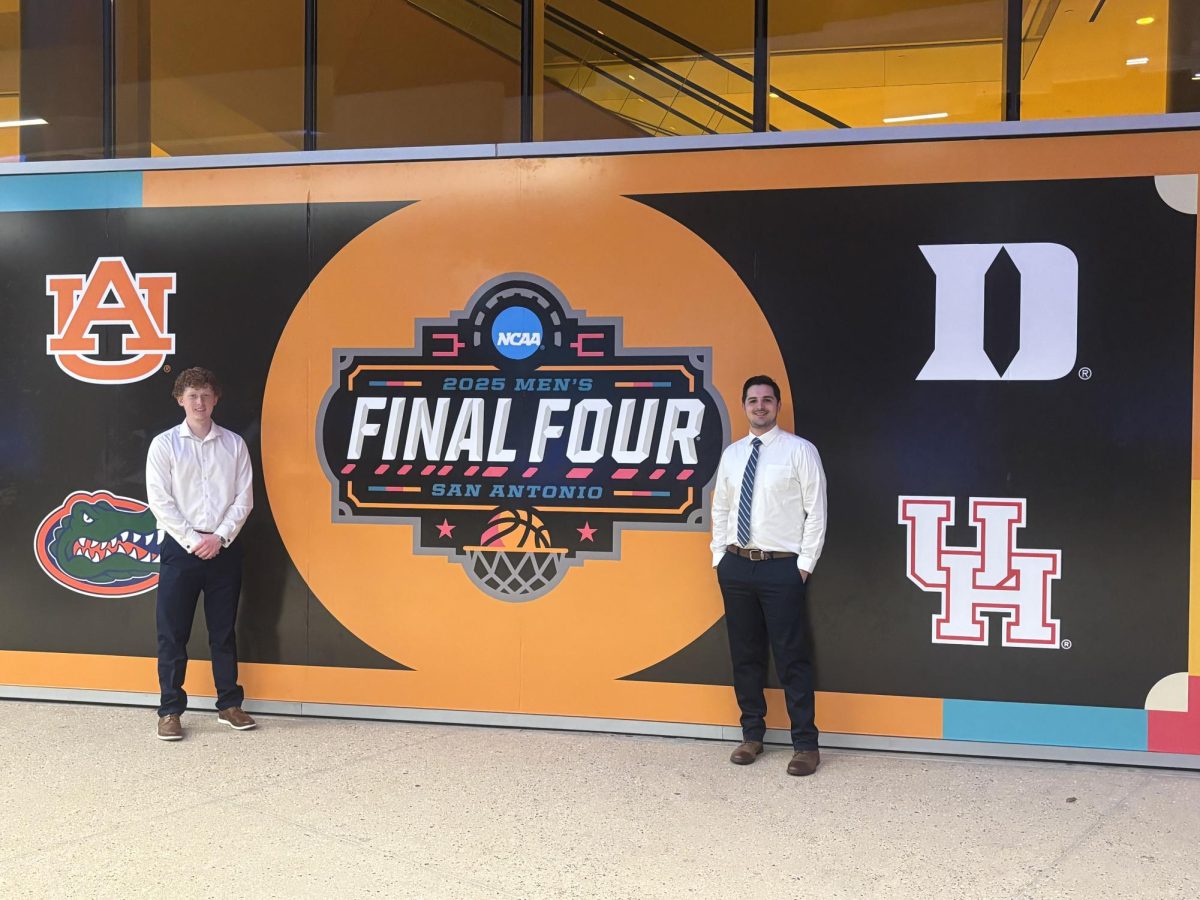Artificial Intelligence (also known as AI) is all the rage these days. We are seeing an explosion of AI integration into our devices, computers, smartphones, gaming consoles, personal electronic assistants and automobiles. Since 2020, Companies like Google, Meta, Amazon, Apple, Microsoft and NVIDIA are investing massive amounts of money into what has been deemed to be the future of human technological advancement.
But what exactly is AI, and why should you care about it? What probably comes to mind when you hear ‘AI’ are the doomsday scenarios of science fiction movies, such as Skynet in Terminator, the hosts of Westworld or Replicants of Blade Runner. While fascinating dives into humanity’s downfall because of their own creations, AI at present is not really as autonomous and self-serving as depicted in pop culture.
The origin of AI can be traced back to a few figures in the 1950’s, namely Alan Turing and John McCarthy. Alan Turing was a British mathematician who worked extensively with code-cracking during World War II. In 1950, Turing published a research article describing his testing of machine intelligence and whether or not a machine could pass as a human based on answers to questions. This is commonly referred to as the “Turing Test”.
John McCarthy was a computer scientist and, through his work, officially coined the term “Artificial Intelligence” in 1955. He defined it as the science of creating intelligent machines.
In the following decades, AI was continuously worked on and three broad categories emerged, Narrow AI, General AI, and Super AI. Despite all the work on AI, Narrow AI is the only type that exists today. Narrow AI just performs a single task upon request, such as generating content or retrieving information. For example, when you ask ChatGPT to produce a funny image based on a string of words, or Alexa to play your favorite song, you are engaging with Narrow AI. The Generative AI we often use is a subset of Narrow AI.
General AI involves AI learning from previous experiences to solve new problems without human input. Super AI takes this a step even further, with AI able to think of, act on, and possess its own ideas and morals outside of humans. Neither of these exist beyond theory at this point.
But while we are not at the point of AI thinking and acting of its own accord, that doesn’t mean it’s not everywhere. AI has been integrated into just about everything, including robotics, text and speech recognition, web searches, cybersecurity, online shopping and advertising, and art. Just about every industry has used AI in some capacity.
Nowhere is AI’s integration in education more apparent than with ChatGPT usage in student work. Of teenagers aged 13 to 17, 67% are found to be familiar with the program. Surveys of high school students have found that around 19% have used ChatGPT for schoolwork, which includes researching topics, solving math problems, and essay writing. The usage of Narrow AI by high school students is also found to increase as they move into upper grade levels. This suggests many incoming college students will likely be ChatGPT users for some component of their collegiate education. It is worth noting, however, that AI chatbots have been found to be effective in increasing learning outcomes for high school and college students introduced to new concepts. While the ethics of how AI should be used for students is heavily debated and thought to be harmful by some educators, it has shown clear benefits to learning.
Here at UMSL, integration of Narrow AI into our campus community has come with some consequences. Professors and teaching assistants have to contend with breaches in academic integrity in professional and creative writing because of Narrow AI. Additionally, AI has made its way into student creative endeavors, with UMSL Radio currently dealing with the potential integration of AI into their regular student programming.
Ultimately, AI is not going away from our campuses. If anything, it’s going to become more a prominent part of our academic and social communities. And while narrow AI can enrich the student experience, it also has created unforeseen problems that lack a simple solution and will require difficult conversations in the years to come.
Categories:
The straight and narrow: Origins of artificial intelligence and academic integration
Story continues below advertisement
0
Donate to The Current
Your donation will support the student journalists of University of Missouri - St. Louis. Your contribution will allow us to purchase equipment and cover our annual website hosting costs.
More to Discover
About the Contributor
Jeremy Howard, Contributing Science Writer





















